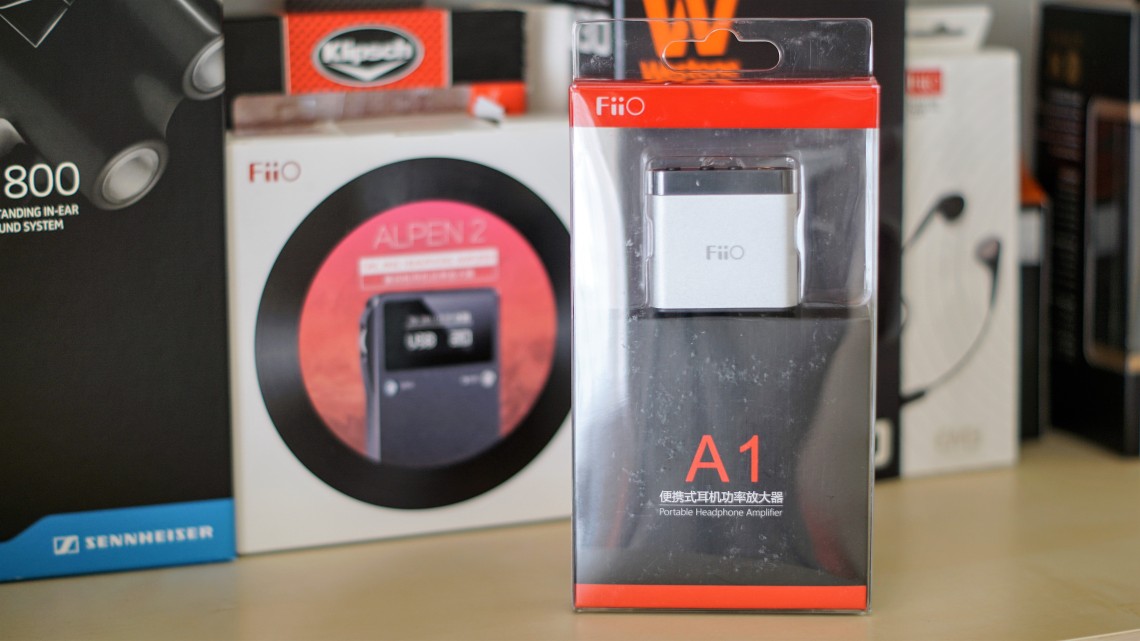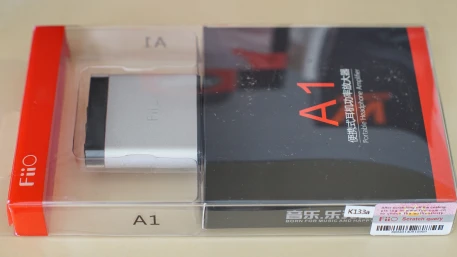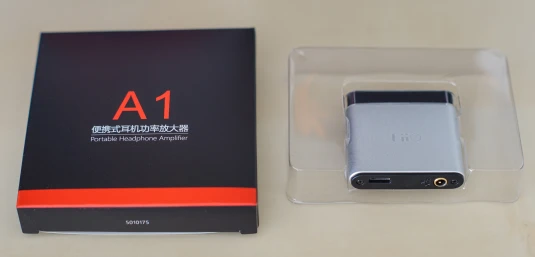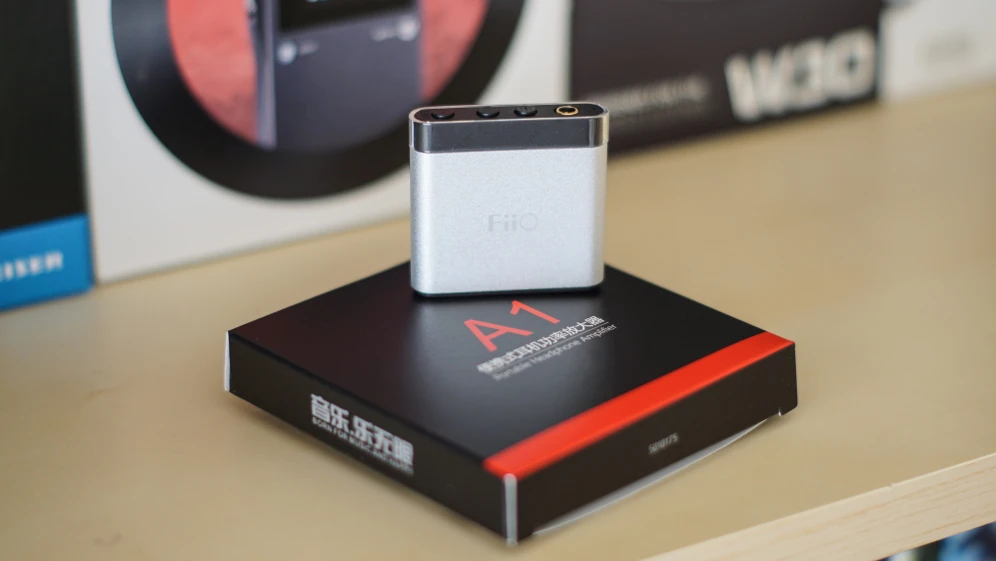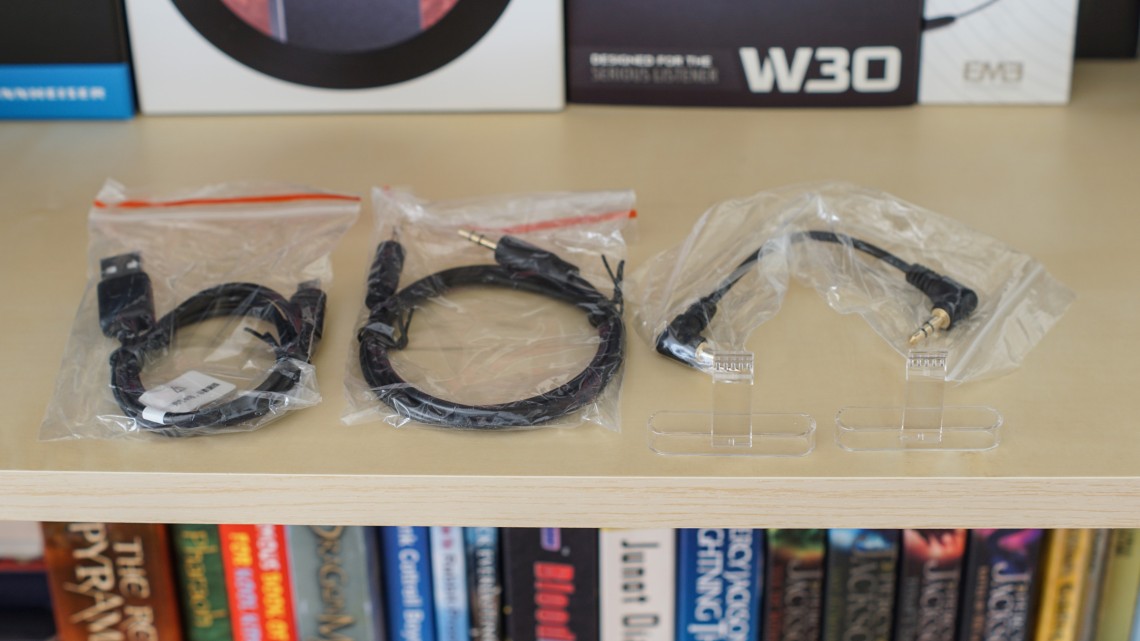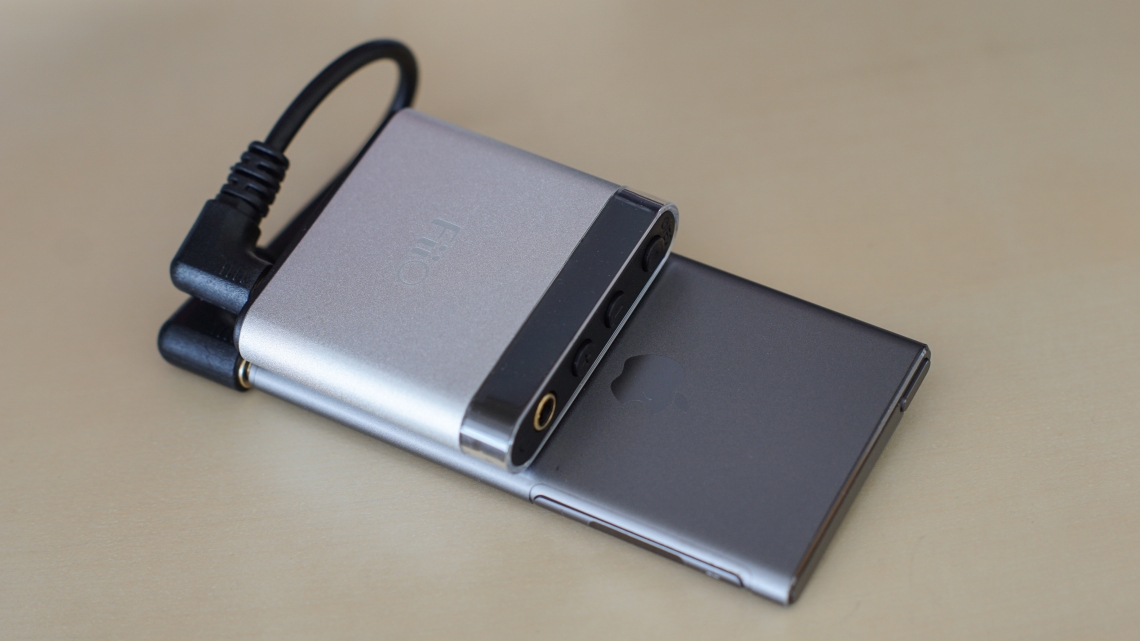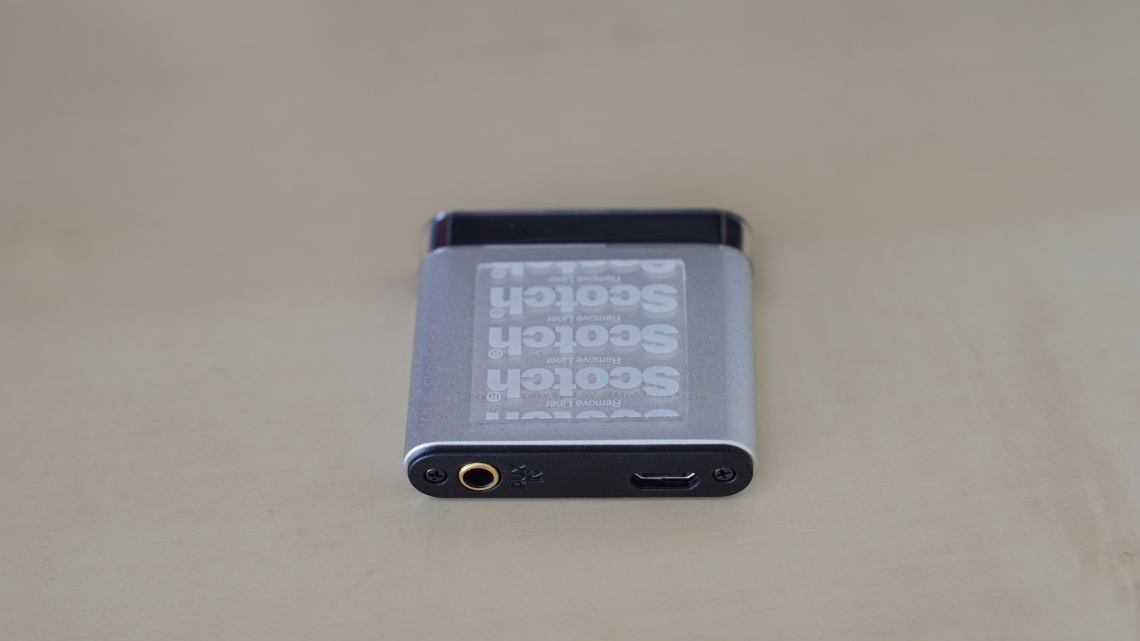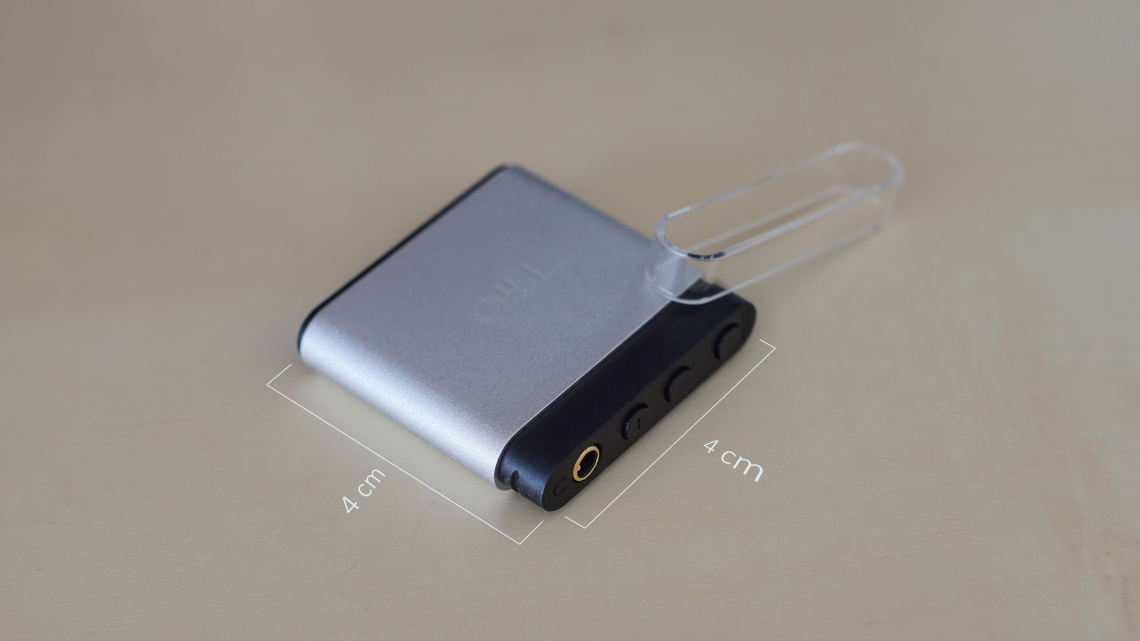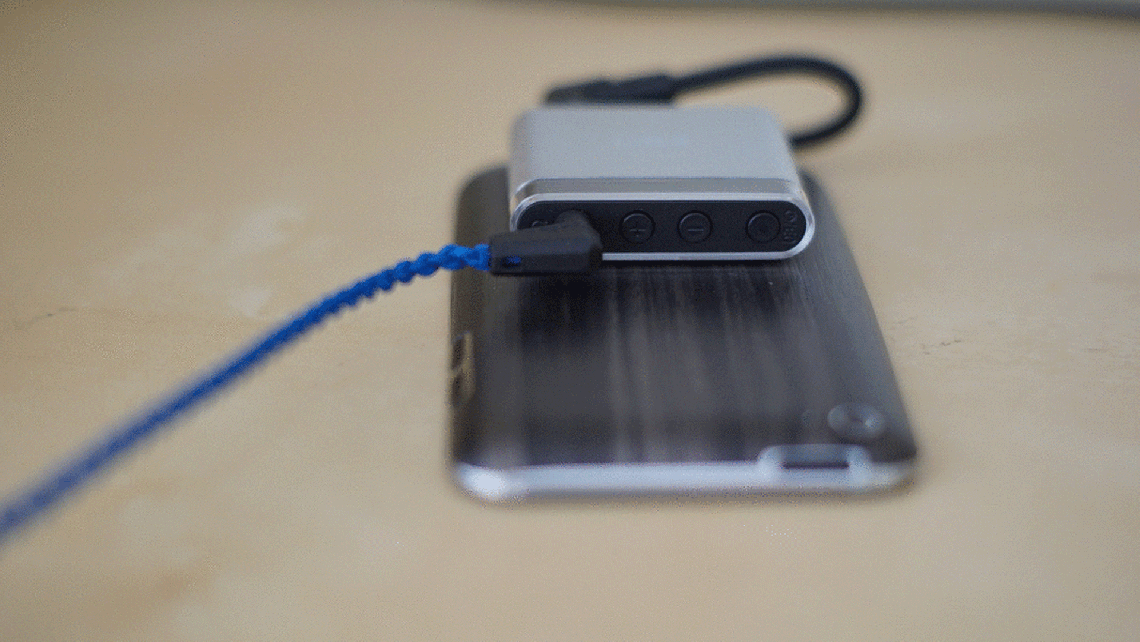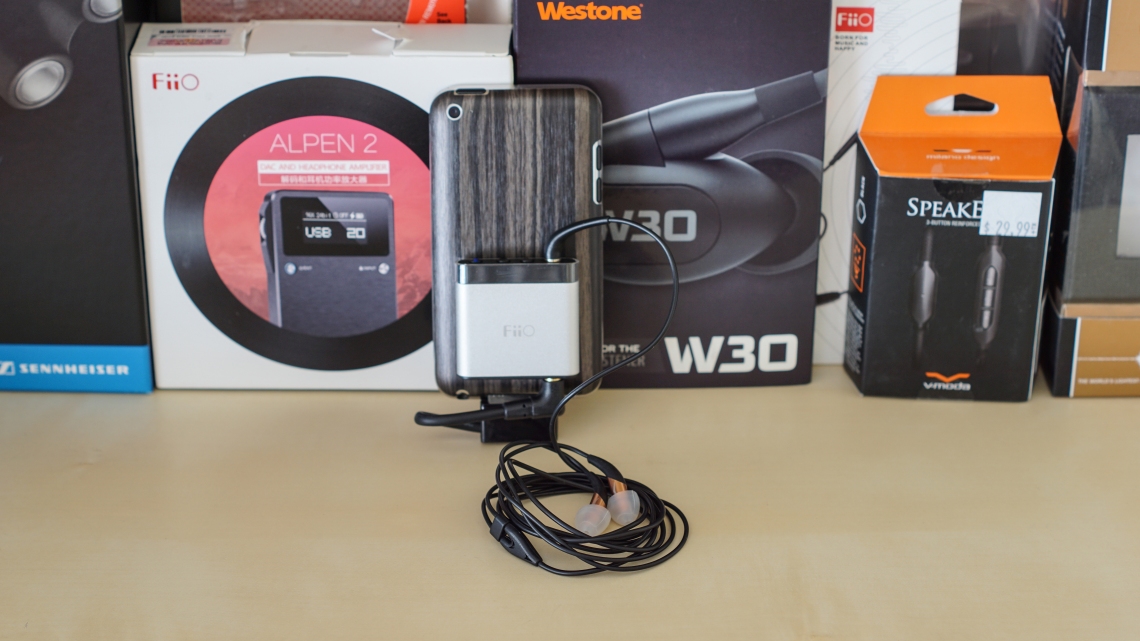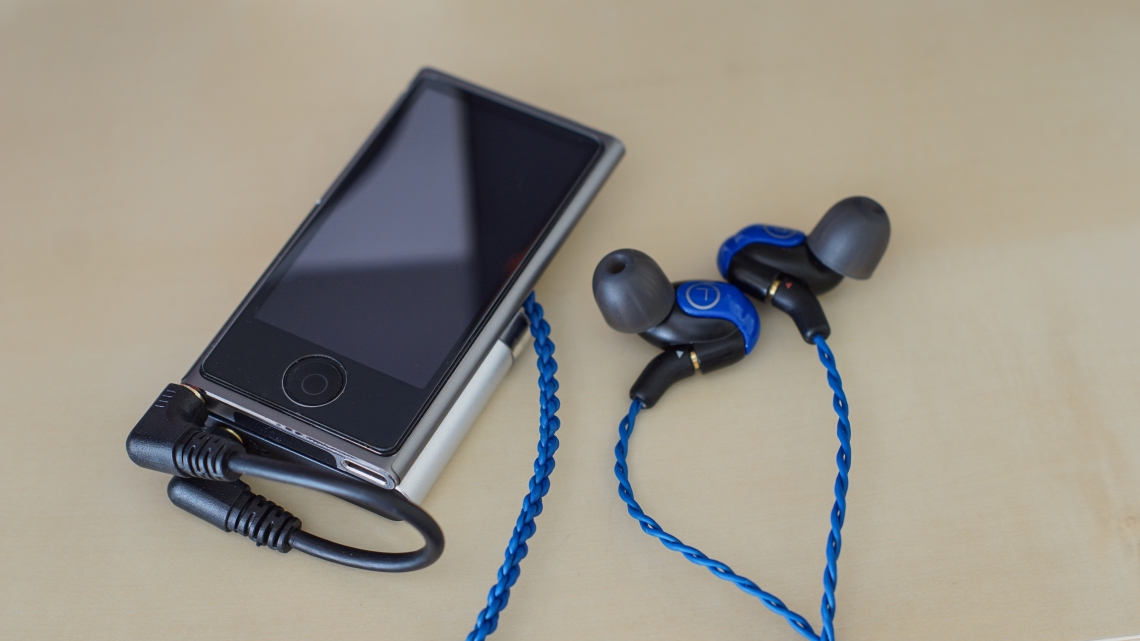[color=rgba(0, 0, 0, 0.870588)]--[/color]
Introducing[color=rgba(0, 0, 0, 0.870588)] the
FiiO A1 Micro Headphone Amplifier.[/color]
 - All photos taken by me -
- All photos taken by me -
[color=rgba(0, 0, 0, 0.870588)][/color]
[color=rgba(0, 0, 0, 0.870588)][/color]
[color=rgba(0, 0, 0, 0.870588)]*Backstory*[/color][color=rgba(0, 0, 0, 0.870588)][/color]
[color=rgba(0, 0, 0, 0.870588)][/color]
[color=rgba(0, 0, 0, 0.870588)]Set the time machine to September 23rd, 2011. That is the day I ordered my first FiiO product from Amazon, the E6 Headphone Amplifier. At that point I had been a member on Head-Fi for exactly 43 days. Little did I know that this little E6, would start me down the rabbit hole that is the Audiophile world. I had bought the E6 at the same time I purchased a Alessandro MS1 to use via my iPod Nano. It was a trio made in heaven and I was quickly hooked. [/color]

[color=rgba(0, 0, 0, 0.870588)][/color]
[color=rgba(0, 0, 0, 0.870588)]December 15th, 2012 I replaced the E6 with the E07K DAC/Amp. I ended up gifting the E6 to my cousin who wanted them to pair with his Sennheiser HD 598. As the years have gone by, I have always missed the portability and easy use of the E6, though I was happy to know it was in a good home, still getting lots of use.[/color][color=rgba(0, 0, 0, 0.870588)][/color]
[color=rgba(0, 0, 0, 0.870588)][/color]
[color=rgba(0, 0, 0, 0.870588)]Fast forward to January 25th, 2016 and I find myself holding FiiO's new little A1 Headphone Amplifier in my hand. My audiophile expedition for the last 5 years had finally come full circle. [/color]

[color=rgba(0, 0, 0, 0.870588)][/color]
[color=rgba(0, 0, 0, 0.870588)]**Disclaimer: The A1 was provided to me from FiiO in return for an honest review.**[/color][color=rgba(0, 0, 0, 0.870588)][/color]
[color=rgba(0, 0, 0, 0.870588)][/color]
[color=rgba(0, 0, 0, 0.870588)][/color]
[color=rgba(0, 0, 0, 0.870588)][/color]
[color=rgba(0, 0, 0, 0.870588)]*What's in a Name?*[/color][color=rgba(0, 0, 0, 0.870588)][/color]
[color=rgba(0, 0, 0, 0.870588)][/color]
[color=rgba(0, 0, 0, 0.870588)]I just wanted to quickly point out that this is not related to the old FiiO A1 Mini 2x14W Class-D Digital Audio Amplifier. As the old A1 was discontinued and FiiO has re-organized its naming rules as it now has a new structure.[/color]

[color=rgba(0, 0, 0, 0.870588)][/color]
[color=rgba(0, 0, 0, 0.870588)]*Relevant Specifications*[/color][color=rgba(0, 0, 0, 0.870588)][/color]
[color=rgba(0, 0, 0, 0.870588)][/color]
[color=rgba(0, 0, 0, 0.870588)]- Up to 70mW output power at 32Ω;[/color][color=rgba(0, 0, 0, 0.870588)][/color]
[color=rgba(0, 0, 0, 0.870588)]- Only 0.01% THD[/color][color=rgba(0, 0, 0, 0.870588)][/color]
[color=rgba(0, 0, 0, 0.870588)]- Over 100dB S/N ratio[/color][color=rgba(0, 0, 0, 0.870588)][/color]
[color=rgba(0, 0, 0, 0.870588)]- Internal 160mAh rechargeable Li-poly battery;[/color][color=rgba(0, 0, 0, 0.870588)][/color]
[color=rgba(0, 0, 0, 0.870588)]- Less than 15μA standby current; over 13 hours play time[/color][color=rgba(0, 0, 0, 0.870588)][/color]
[color=rgba(0, 0, 0, 0.870588)]- No power draw from connected devices, e.g. smartphone run time is unaffected.[/color][color=rgba(0, 0, 0, 0.870588)][/color]
[color=rgba(0, 0, 0, 0.870588)]- Charges via standard micro USB port[/color][color=rgba(0, 0, 0, 0.870588)][/color]
[color=rgba(0, 0, 0, 0.870588)]- 64 volume levels + mute for volume fine tuning via separate volume + and – buttons.[/color][color=rgba(0, 0, 0, 0.870588)][/color]
[color=rgba(0, 0, 0, 0.870588)]- 3 bass boost options and effects bypass option available to satisfy different listening preferences[/color][color=rgba(0, 0, 0, 0.870588)][/color]
[color=rgba(0, 0, 0, 0.870588)][/color]
[color=rgba(0, 0, 0, 0.870588)][/color]
[color=rgba(0, 0, 0, 0.870588)]*Price*[/color][color=rgba(0, 0, 0, 0.870588)][/color]
[color=rgba(0, 0, 0, 0.870588)][/color]
[color=rgba(0, 0, 0, 0.870588)]$27.99 USD: That is all it will cost to buy a FiiO A1 when it is released. It is a great value for AMP that is able to drive some sensitive products up to a 32ohm output.[/color][color=rgba(0, 0, 0, 0.870588)][/color]
[color=rgba(0, 0, 0, 0.870588)][/color]
[color=rgba(0, 0, 0, 0.870588)][/color]
[color=rgba(0, 0, 0, 0.870588)][/color]
[color=rgba(0, 0, 0, 0.870588)]*Packaging*[/color][color=rgba(0, 0, 0, 0.870588)][/color]
[color=rgba(0, 0, 0, 0.870588)][/color]
[color=rgba(0, 0, 0, 0.870588)]FiiO knows how to pack their products well. Even at this price point, you feel like you are getting something special with the A1 displayed so nicely through the clear box. It was hard for me to fight the urge to not to just rip it open and play with the toy inside. I had to be patient and take photos first.[/color][color=rgba(0, 0, 0, 0.870588)][/color]
[color=rgba(0, 0, 0, 0.870588)][/color]

[color=rgba(0, 0, 0, 0.870588)][/color]
[color=rgba(0, 0, 0, 0.870588)]*Contents*[/color][color=rgba(0, 0, 0, 0.870588)][/color]
[color=rgba(0, 0, 0, 0.870588)][/color]
[color=rgba(0, 0, 0, 0.870588)]- FiiO A1 Amplifier[/color][color=rgba(0, 0, 0, 0.870588)][/color]
[color=rgba(0, 0, 0, 0.870588)]- 2 Removable Clips[/color]
[color=rgba(0, 0, 0, 0.870588)]- Clear Top Cover[/color][color=rgba(0, 0, 0, 0.870588)][/color]
[color=rgba(0, 0, 0, 0.870588)]- USB to Micro USB Charging Cable[/color][color=rgba(0, 0, 0, 0.870588)][/color]
[color=rgba(0, 0, 0, 0.870588)]- 2 x 3.5mm Connecting Cables (One Long, One Short)[/color][color=rgba(0, 0, 0, 0.870588)][/color]
[color=rgba(0, 0, 0, 0.870588)]- User Guide [/color][color=rgba(0, 0, 0, 0.870588)][/color]
[color=rgba(0, 0, 0, 0.870588)]- Warranty Card[/color][color=rgba(0, 0, 0, 0.870588)][/color]
[color=rgba(0, 0, 0, 0.870588)][/color]

[color=rgba(0, 0, 0, 0.870588)][/color]
[color=rgba(0, 0, 0, 0.870588)]*Build*[/color][color=rgba(0, 0, 0, 0.870588)][/color]
[color=rgba(0, 0, 0, 0.870588)][/color]
[color=rgba(0, 0, 0, 0.870588)]FiiO has come a long way since the E6. While E6 has a simple and functional design, the A1 is most definitely a step up in overall quality and build. The A1 comes in a anodized aluminium chassis, that is both good looking and built tough. It has to be built this way, as FiiO knows that the A1 is going to take a beating. It is a device that will be constantly on the go. The aluminium helps to keep the internals protected from eventual drops and bangs. Buttons are easy to memorize and have a premium feel to each click.[/color]


[color=rgba(0, 0, 0, 0.870588)][/color]
[color=rgba(0, 0, 0, 0.870588)][/color]
[color=rgba(0, 0, 0, 0.870588)]*Use/Testing*[/color][color=rgba(0, 0, 0, 0.870588)][/color]
[color=rgba(0, 0, 0, 0.870588)][/color]
[color=rgba(0, 0, 0, 0.870588)]The FiiO A1 is well paired with devices needing a little more power for some more sensitive and power hungry products. For my testing, I used the Puro IEM500, as it desires a little push to get the most out of its dual drivers.[/color][color=rgba(0, 0, 0, 0.870588)][/color]
[color=rgba(0, 0, 0, 0.870588)][/color]
[color=rgba(0, 0, 0, 0.870588)]With the 3.5mm input/output, setup is quick and easy with no issues with compatibility or installed software to worry about no matter if you are using a computer, tablet, phone or any other device you are playing your audio from.[/color]

[color=rgba(0, 0, 0, 0.870588)][/color]
[color=rgba(0, 0, 0, 0.870588)][/color]
[color=rgba(0, 0, 0, 0.870588)][/color]
[color=rgba(0, 0, 0, 0.870588)]*Function*[/color][color=rgba(0, 0, 0, 0.870588)][/color]
[color=rgba(0, 0, 0, 0.870588)][/color]
[color=rgba(0, 0, 0, 0.870588)]Volume is controlled easily with separated [+] [-] inputs with 64 levels for use. [/color][color=rgba(0, 0, 0, 0.870588)][/color]
[color=rgba(0, 0, 0, 0.870588)][/color]
[color=rgba(0, 0, 0, 0.870588)]The FiiO A1 also has the added ability to change the bass response with three bass boost options. Going back to the Puro IEM500 I used for the main testing, I found that the A1 very successful pushed the drivers to product a deeper, yet controlled bass feedback. While using the
strongest second setting, the Puro IEM500 produced lows that while thick and lush, never became distorted. The bass boost is a feature that works simply and very effectively for those wanting more presence down low.
*Note, as
@twister6[/color] was nice enough to post in the comments the third setting is: "actually a signal attenuation (down)" and not a bass boost.[color=rgba(0, 0, 0, 0.870588)][/color]
[color=rgba(0, 0, 0, 0.870588)][/color]
[color=rgba(0, 0, 0, 0.870588)]The A1 makes good used of its LED light that is embedded within power button. It gives quick and accurate feedback to what setting you are using:[/color][color=rgba(0, 0, 0, 0.870588)][/color]
[color=rgba(0, 0, 0, 0.870588)][/color]
[color=rgba(0, 0, 0, 0.870588)]- Green light: indicates full charge;[/color][color=rgba(0, 0, 0, 0.870588)][/color]
[color=rgba(0, 0, 0, 0.870588)]- Red light (lit): charging [/color][color=rgba(0, 0, 0, 0.870588)][/color]
[color=rgba(0, 0, 0, 0.870588)]- Red light (flashing): low power [/color][color=rgba(0, 0, 0, 0.870588)][/color]
[color=rgba(0, 0, 0, 0.870588)]- BASS OFF;Blue light (lit): A1 is on with bass boost off [/color][color=rgba(0, 0, 0, 0.870588)][/color]
[color=rgba(0, 0, 0, 0.870588)]- Blue light (flashing once every two seconds): A1 is on with bass boost 1 [/color][color=rgba(0, 0, 0, 0.870588)][/color]
[color=rgba(0, 0, 0, 0.870588)]- Blue light (flashing twice every two seconds) A1 is on with bass boost 2 [/color][color=rgba(0, 0, 0, 0.870588)][/color]
[color=rgba(0, 0, 0, 0.870588)]- Blue light (flashing thrice every two seconds) A1 is on with bass boost 3 [/color][color=rgba(0, 0, 0, 0.870588)][/color]
[color=rgba(0, 0, 0, 0.870588)]- Red and blue light flashing thrice together: Factory reset, volume reset and power off.[/color][color=rgba(0, 0, 0, 0.870588)][/color]
[color=rgba(0, 0, 0, 0.870588)]- Hold both volume buttons at the same time until the red and blue LEDs blink together thrice; this resets the volume and EQ settings and turns off the A1.[/color]

[color=rgba(0, 0, 0, 0.870588)][/color]
[color=rgba(0, 0, 0, 0.870588)]*Battery Life*[/color][color=rgba(0, 0, 0, 0.870588)][/color]
[color=rgba(0, 0, 0, 0.870588)][/color]
[color=rgba(0, 0, 0, 0.870588)]I can't confirm or deny FiiO's 13+ hour battery life, all I know is that after a full charge and accidentally leaving it playing through my charging cellphone over night, that the A1 was still going strong (and is still going as I write this and use it).[/color]

[color=rgba(0, 0, 0, 0.870588)][/color]
[color=rgba(0, 0, 0, 0.870588)][/color]
[color=rgba(0, 0, 0, 0.870588)]*Sound*[/color][color=rgba(0, 0, 0, 0.870588)][/color]
[color=rgba(0, 0, 0, 0.870588)][/color]
[color=rgba(0, 0, 0, 0.870588)]FiiO does well with sound bypass and the A1 is no exception. The A1 shows very little signs of any colorization from the original source. There is a slight hint of warmness, but other than that the A1 says true to its input. The A1 will only change the sound signature with the use of the aforementioned bass boost settings.[/color][color=rgba(0, 0, 0, 0.870588)][/color]
[color=rgba(0, 0, 0, 0.870588)][/color]
[color=rgba(0, 0, 0, 0.870588)]I tested the FiiO A1 with multiple devices. Never did I hear any added hissing, pops or static while in use. If anything, there even was a small amount of smoothness that is brought on by the added power.[/color]

[color=rgba(0, 0, 0, 0.870588)][/color]
[color=rgba(0, 0, 0, 0.870588)][/color]
[color=rgba(0, 0, 0, 0.870588)][/color]
[color=rgba(0, 0, 0, 0.870588)]*Overall Thoughts*[/color][color=rgba(0, 0, 0, 0.870588)][/color]
[color=rgba(0, 0, 0, 0.870588)][/color]
[color=rgba(0, 0, 0, 0.870588)]The FiiO A1 is a great amp for anyone looking to take that first step to upgrade eaphones/headphones that may need a little more power. It is also a wonderful introduction to FiiO products for those new to the higher quality audio world.[/color][color=rgba(0, 0, 0, 0.870588)][/color]
[color=rgba(0, 0, 0, 0.870588)][/color]
[color=rgba(0, 0, 0, 0.870588)]The A1 can take a harder to drive product and really make it sing. With my Puro IEM500, I found that this little A1 Amp had just the right amount of power for me to get the most out of it.[/color][color=rgba(0, 0, 0, 0.870588)][/color]
[color=rgba(0, 0, 0, 0.870588)][/color]
[color=rgba(0, 0, 0, 0.870588)]At less than $30, it is really hard to find any faults with the A1. It does so much for so little. For any Cons at this price point, one would really have to be nit picking or trying to compare it to something that costs a lot more. You get every pennies worth with the A1, an easy [/color]recommendation[color=rgba(0, 0, 0, 0.870588)] from me.[/color][color=rgba(0, 0, 0, 0.870588)][/color]
[color=rgba(0, 0, 0, 0.870588)][/color]
[color=rgba(0, 0, 0, 0.870588)]I just warn those new to Head-Fi and higher quality audio to watch your wallet. The A1 will open it and might urge you to spend more.[/color]


[color=rgba(0, 0, 0, 0.870588)]
Get it? Micro Machines with a Micro Amplifier. [/color]
[color=rgba(0, 0, 0, 0.870588)] [/color]
[color=rgba(0, 0, 0, 0.870588)][/color]
[color=rgba(0, 0, 0, 0.870588)]--[/color]









